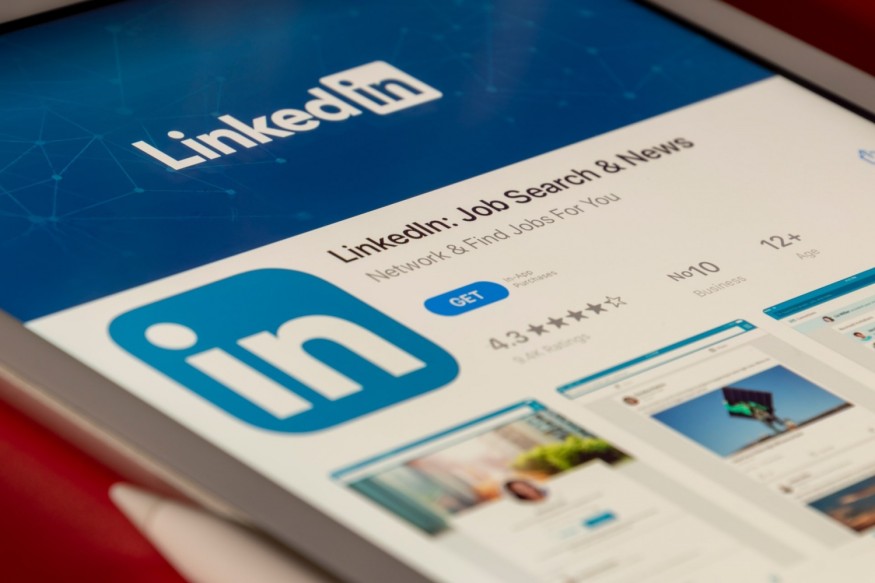
Using LinkedIn to generate leads is excellent, especially for B2B startups. The site not only offers numerous networking chances, but it also actively pushes professional-targeted content. Moreover, communicating with potential clients can be done in various methods.
Yet, LinkedIn is important for more than just finding new clients. It also aids entrepreneurs in achieving their hiring objectives. LinkedIn has 850 million users and more than 58 million companies registered. On LinkedIn, fifty million users are looking for employment, and 60,480 people are hired weekly.
According to these figures, 40% of businesses now rely on LinkedIn's skills filters to find top applicants. Any firm may benefit from using LinkedIn as a resource.
How to Make the Most of LinkedIn for Recruitment Marketing
For those in charge of hiring, the free versions of LinkedIn can be a game-changer. Here are some tips on recruitment via LinkedIn to create a pipeline for recruitment for any company.
Boost Your LinkedIn Profile
Building a brand is the first stage in recruitment marketing. As you will need to create strong brand recognition, expand your talent network, and redesign your website, this could take several months. Yet it is worth the effort if your company is one of the 78% that cannot fill its open positions.
After completing this, you may begin creating your personal and professional profiles. Use SEO to make it easier for prospects to locate you and improve your chances of connecting. Attempt to use keywords or key phrases that people in your business are more likely to search for.
Here are some more LinkedIn profile optimization tips:
• Create a LinkedIn headline that summarizes your background and areas of expertise.
• Include keywords naturally in a 200-500 word synopsis.
• Add your experience and employment information to your profile.
• Request recommendations from your staff, coworkers, and business partners.
• Ensure your company page is connected (and share content with it).
A personal page can connect with 100 people per week; however, a company page is limited to 100 connections per month. You can now message an additional 500 people.
Post Useful and Relevant Content
An integral component of inbound marketing is content marketing. Companies should make it a habit to put out useful, industry-specific content, like blogs or videos.
You can either concentrate on content that teaches job hopefuls how to write resumes or encourage recruiters to study everything about new hires' paperwork. The HR team and recruiters may be drawn to this content, or various prospects may find it helpful.
You can build your authority and increase your trustworthiness by releasing frequent updates and insightful material. Feeds update with new postings, making it easier for people to interact with you. These projects broaden your exposure to potential candidates and audiences.
Examine your competitors' material if you need clarification on what to post. Once you have a general concept of what your clients could find appealing, check your analytics and make any necessary adjustments. Develop a content syndication plan that will inform prospects and produce new leads.
Conclusion
In conclusion, LinkedIn is an invaluable tool for recruiting and lead generation. With 850 million users and 58 million companies registered on the platform, businesses can use various features like skills filters to find top applicants. To make the most out of LinkedIn, optimising your profile by including keywords and key phrases in your headline and synopsis and requesting recommendations from colleagues is essential. Finally, content marketing plays a crucial part in recruitment marketing; creating helpful blog posts or videos will help capture potential leads' attention and build trust within the industry.



